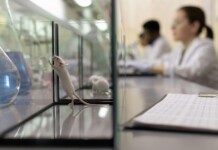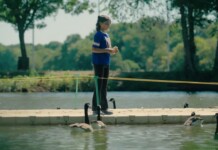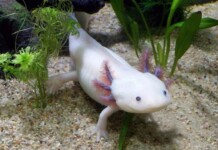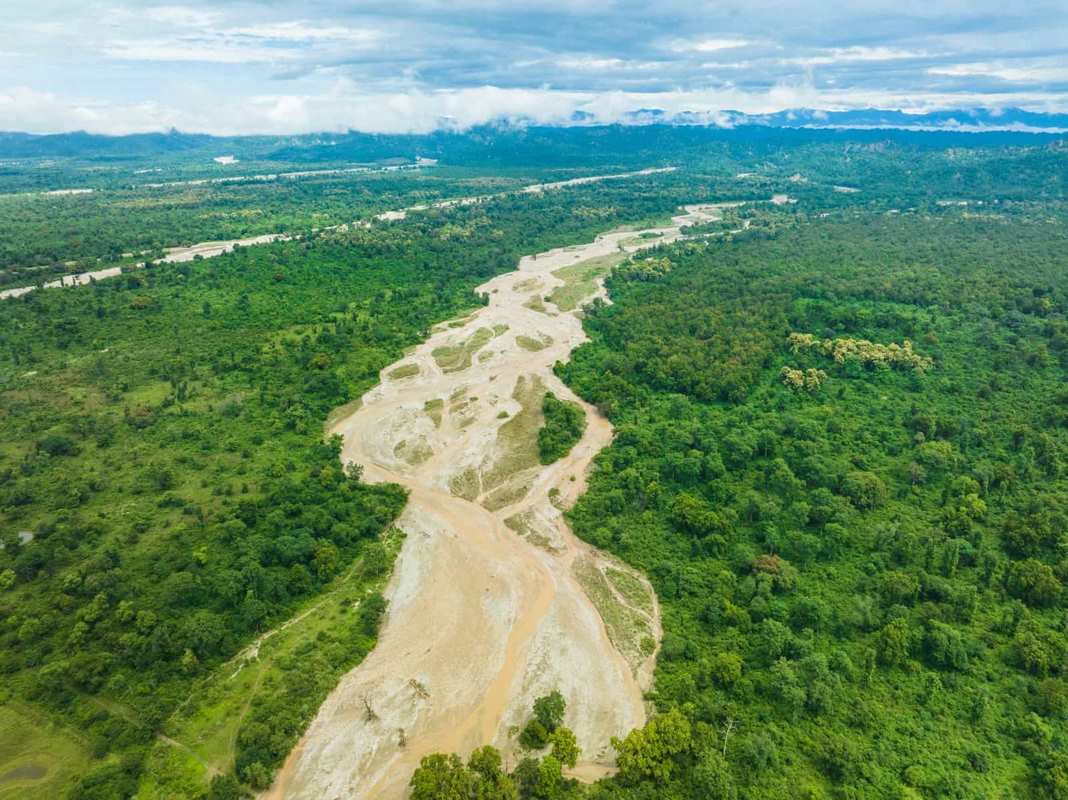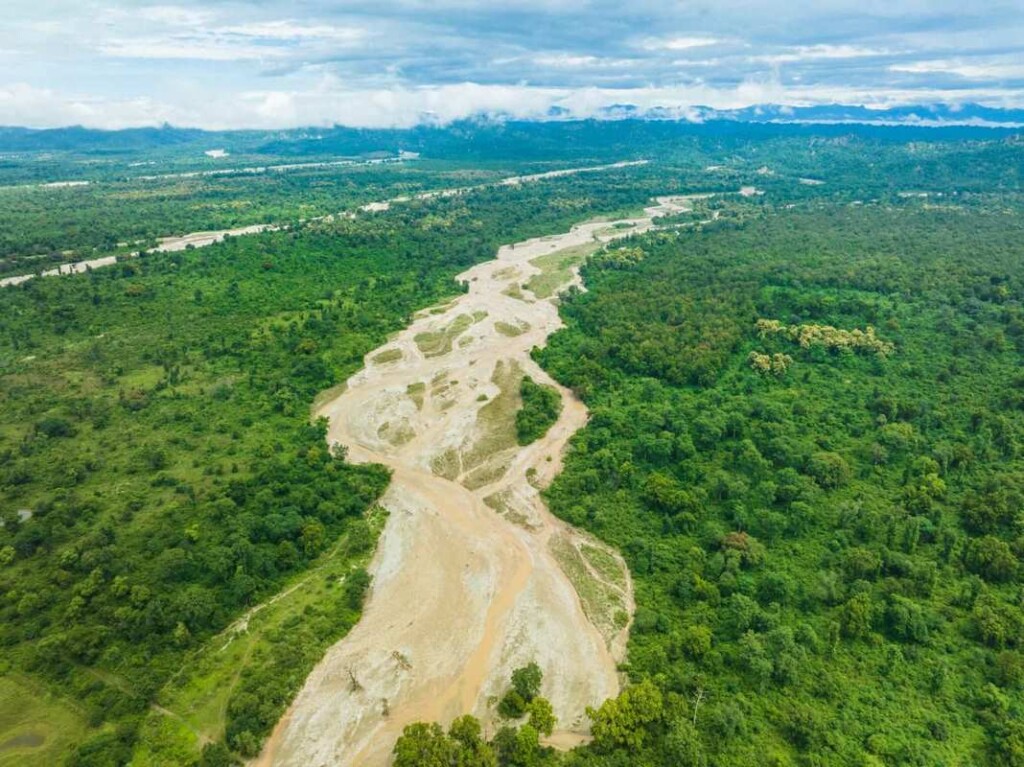
It’s being called India’s first private biosphere—a 32-acre forest haven bursting with life and inspired by James Cameron’s Avatar.
Environmentalist and clean air activist Jai Dhar Gupta dreamt of a place like Pandora, the fictional planet in the film—a luscious Darwinian playground of evolution vibrant with sound and color.
For the entrepreneur’s 50th birthday, he teamed up with renowned Indian rewilding expert Vijay Dhasmana to make his dream come true.
Gupta had by then plenty of reason to want to build a haunt in nature—years of competitive running in Delhi had left him with bronchial asthma from the polluted air of the city.
Following extensive activism and private-public collaboration to improve air quality, he decided to ring in the second-half of his life with a new project.
In 2021, he discovered a stunning piece of land nestled between the Rajaji National Park and Tiger Reserve and the Raghati River. It was stunning because of its potential, but at the time Gupta and Dhasmana found it, it was a degraded shadow of its formerly wild self.
“It had been previously flattened, eroding natural contours and leading to severe soil erosion. Moreover, since monoculture agro-forestry with non-native eucalyptus trees was practiced on the land, it deteriorated the ecosystem’s health further,” Dhasmana told The Hindu. “Thousands of non-native eucalyptus trees were removed within days of acquiring the land. Subsequently, the land was contoured to retain water, prevent erosion, and promote groundwater recharge.”
Once this foundational change had been made, the duo and their teams conducted extensive forest surveys to observe how the mixture of plants and shrubs is naturally distributed around the landscape.
“We collected seeds, established a seed bank, and collaborated with biodiversity parks to germinate and cultivate saplings of trees such as haldu, rohini, mala, saal, jamun, pangana, etc., which were then planted across the biosphere,” said Gupta.
PRIVATE NATURALISM: ‘Give Nature Space and it Will Come Back’: Rewilding Returns Endangered Species to UK Coast
A biosphere, he told The Better India, is a micro-environment. “It’s a zone of life. We’ve got the tiger reserve next to us, but it’s not pure, due to the invasion of non-native species like eucalyptus trees. We are working on creating a pure environment, growing only what nature intended for in this particular area,” he says, adding, “I’m chasing what we saw in that movie Avatar.”
Following this monsoon season, they plan to introduce another 30 to 40 species of plants into the park which sits along the borders of the National Park and agricultural land.
Because the whole landscape is privately owned by Gupta, he decided to ban all motor vehicles from entering it. The now incredible panoply of life lives as undisturbed as possible amid the forest.
ALSO READ: The First of 2,000 Privately Owned White Rhinos Get New Home – Rewilded by South African Conservancy
This includes leopards, sambar and cheetal deer, elephants, monitor lizards, hornbills, serpent eagles, and white-throated kingfishers.
The 132 species of native plants are protected by strict rules barring visitors from bringing any single-use plastic, and any seed-containing foods. A single electric farm utility vehicle that doubles as a safari jeep is present in the biosphere.
GOOD GREEN NEWS FOR INDIA: Tiny Indian Ocean Island Shows How Quickly Seabirds Recover When Invasive Predators Are Removed
There are two small, pre-fabricated homes for overnight stays, but nothing about the RRB is designed for eco-tourism. Instead, it’s a living manifesto—a propaganda tool to give an inspirational glimpse, to those who are curious, about what a rewilded plot of land can look like in the subcontinent.
“The rule in this biosphere is that nature comes first, not humans,” says Gupta.
SHARE This Incredible Idea From A Big City Entrepreneur…


